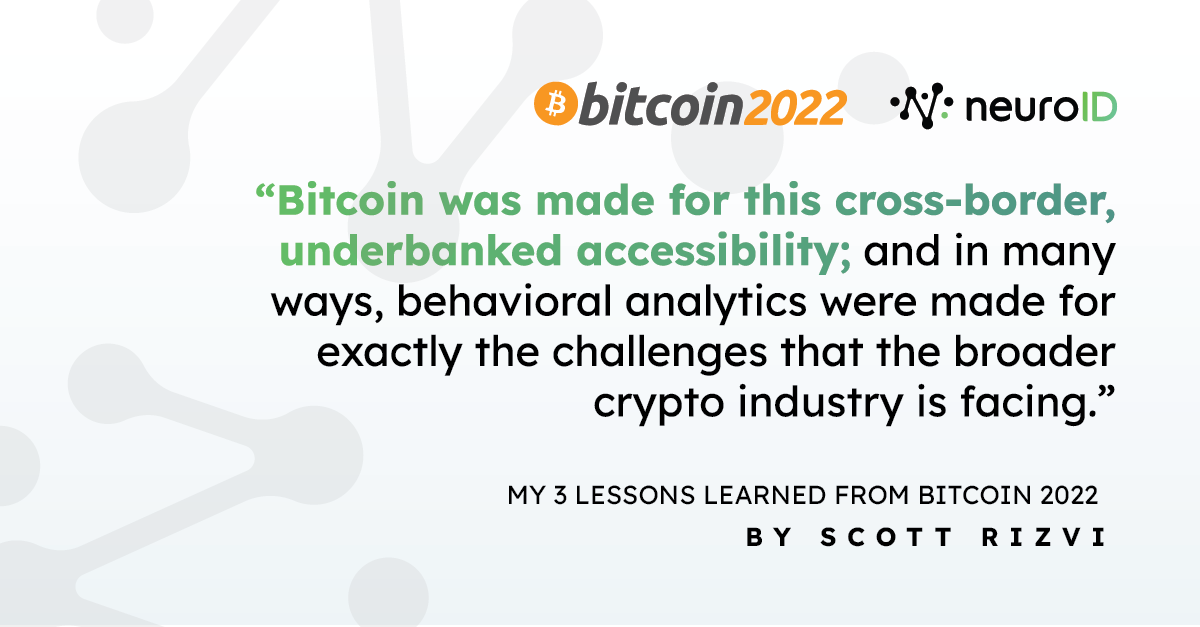
Lessons Learned From a Tough Year
I think we all can agree that 2020 has been a tough year all the way around. Plans have changed in the last 8 months (some dramatically so), businesses had to make adjustments faster than ever to meet the demand of an ever-increasing number of prospects forced online, and a new level of fraud complicates everything. So, what did we learn that we can take into 2021 and not just survive, but thrive? Here are my thoughts.

We weren’t as far along in the digital transformation as we thought
When the pandemic sent literally millions of customers online, financial institutions really found out how well their digital transformations worked, or didn’t. This “stress test” of CX was met with mixed results as frustrated customers and prospects struggled to do their business, apply for loans, etc. We found out that after a decade of going through the digital transformation, conversion rates were still in the single digits and customers abandoned sites as fast as they landed on them.
Fifty-nine percent of 373 IT decision makers say that pressures stemming from the pandemic are accelerating their digital transformation efforts, according to an IDG Research business impact survey conducted in July.”
Fraud never rests and in times of crisis; fraudsters work overtime
Just as the wave of new activity online was getting underway, cybercriminals unleashed a tsunami of fraud attempts, trying to take advantage of higher traffic and under-prepared sites that relied on historical data to uncover sophisticated fraud. Fighting to maintain revenue, many FIs fell victim to these fraud schemes and lost millions in risky or fully fraudulent loans. It has been a painful lesson that today’s fraud IT stack is lacking, and fraudsters know it.
For criminals, the confusion, distraction and vulnerability stemming from crises spells opportunity. The coronavirus outbreak is no exception. Fraud trends are rapidly emerging as bad actors look to turn a quick profit on the global pandemic.” Forbes
Historical data is not enough anymore
As the pandemic set in, millions of people were laid off or furloughed. As household budgets became tighter many turned to loans to try and cover expenses. Customer data in the form of credit scores, for example, simply are not current enough to supply FIs with an accurate picture of up-to-date risk with each applicant. The current state changed too rapidly leaving some FIs exposed to more risk than they realized. The Federal stimulus package further handicapped how conventional methods were gauging financial health.
More than 40 million workers have filed for unemployment benefits since the early days of the coronavirus pandemic — over seven times the number of requests in all of 2019. And all of those claims have been convenient cover for identity thieves filing bogus applications that could cost billions of dollars.” New York Times
Understanding the intent and experience of each customer is critical
More than ever, understanding the current state, the true intent and overall experience of each customer, in real time, is the only way to determine risk, create a highly satisfying customer journey, and maximize conversion. The pandemic may have uncovered many areas in need of improvement, but this is the single biggest opportunity for the industry. Neuro-ID’s behavioral analytics interprets everyday customer data into actionable intelligence necessary to expose risk and fraud and recognize good customers without adding friction to the process.
Want to know more, give me a shout.


